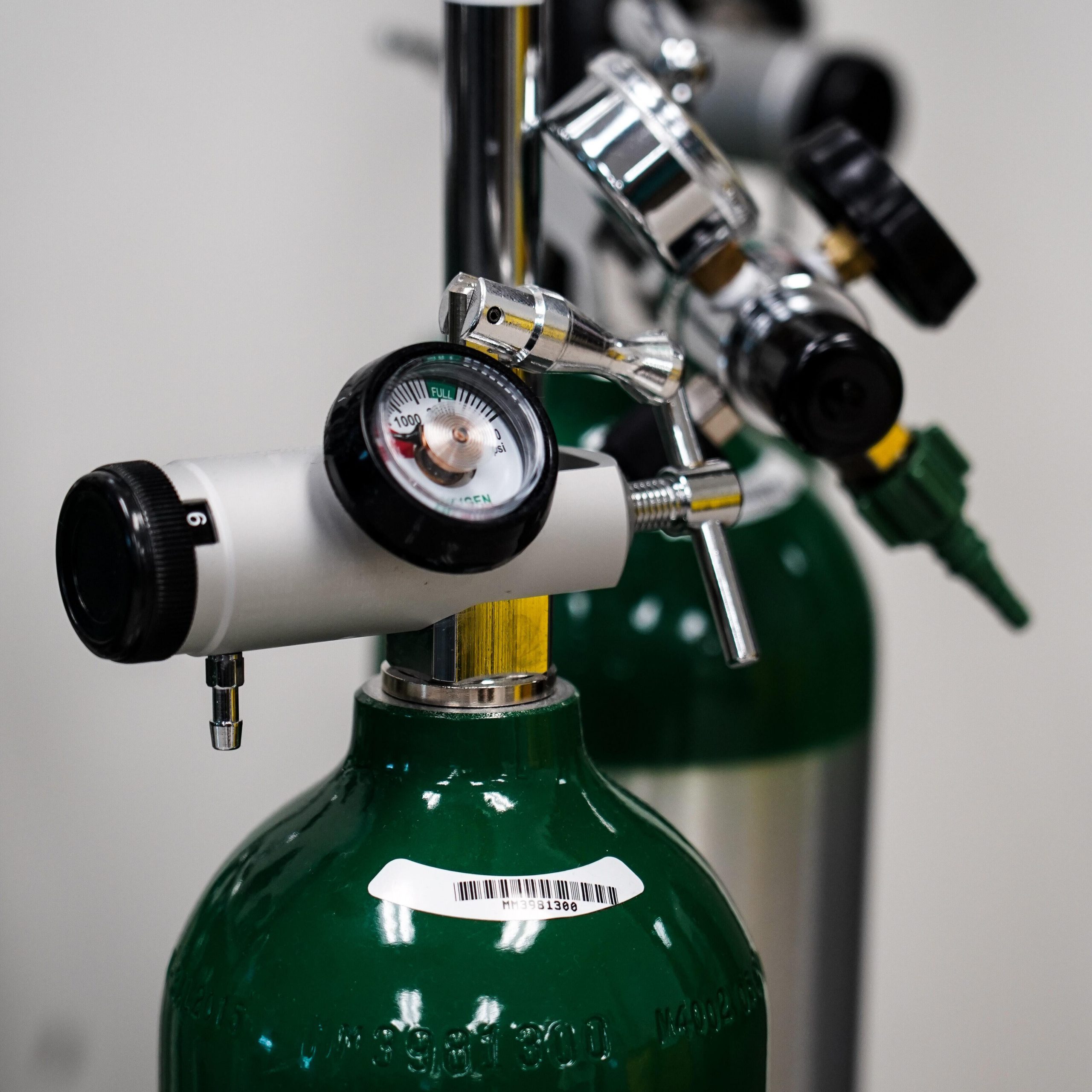Despite the critical role oxygen plays in everyday life, it can often be taken for granted. Oxygen is vital to all human life, and the presence of too little or too much can be harmful. Because of its common therapeutic use and known potential to be damaging to one’s health when used incorrectly, oxygen is classified as a drug[1]. Therefore, according to section 503A of the Federal Food and Drug Act[2], it needs to be individually prescribed to each patient.
As one of the AARC Clinical Practice Guidelines[3], it has been advised to check oxygen delivery systems somewhat frequently. Like other prescription drugs, it is important to take precautions when delivering oxygen to ensure the right amount is being administered to the patient. To help with this, it may be beneficial to both analyze and monitor blended or mixed gases as they are being delivered to the patient.
What is the difference between analyzing and monitoring? An analyzer reports the oxygen level being delivered at the specific current moment in time. Comparatively, a monitor checks the oxygen levels of the gas and is equipped with high and low alarms. High and low alarms help to warn the medical professional if the oxygen content has reached a pre-set high or low level. This helps to ensure the patient is receiving their prescribed dosage of oxygen, no more and no less.
“High and low alarms may be beneficial because they can help to secure patient safety.“
High and low alarms may be beneficial because they can help to secure patient safety. Patient safety may be compromised in the case of human error, an unforeseen event, or an emergency. In any of these cases, a smart alarm could notify the medical professional of the issue or error, protecting the patient from potential harm.
Devices with smart alarms such as the MaxO2 ME, MaxBlend Lite, and MaxBlend 2 are invaluable pieces of safety equipment that may help save a life or prevent a patient from sustaining permanent injury.
For more information on this topic, watch the video below where Dustin and Brian discuss oxygen analyzing and monitoring with a special guest.
References:
1. Critical Care, 2009; 13(1): 205
2. The Federal Food and Drug Act, section 503A
3. AARC Clinical Practice Guideline, Oxygen Therapy for Adults in the Acute Care Facility, section 11.2
MAXTEC DOES NOT PROVIDE MEDICAL ADVICE. The contents of Minute With Maxtec are for informational purposes only. Maxtec strives to present readers with the most accurate and up-to-date information, though readers are encouraged to conduct their own research and confirm the information herein with other reputable sources. All information is correct to the best of Maxtec’s knowledge, and Maxtec is not responsible for any errors or omissions. Maxtec reserves the right to edit and change any information on the Minute With Maxtec website at its sole discretion. Reliance on and application of any of the information is solely at the reader’s own risk. Maxtec is not responsible for any results experienced by applying the provided information. Information on Minute With Maxtec is not intended to be a substitute for the examination and advice of a healthcare professional.
